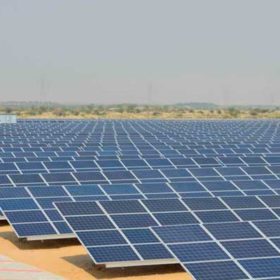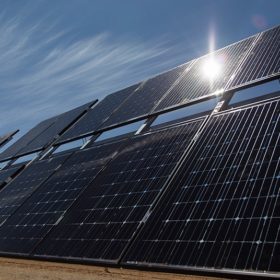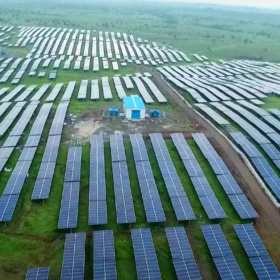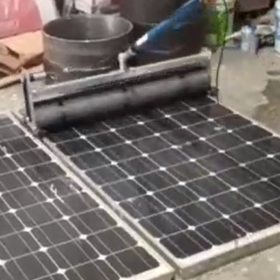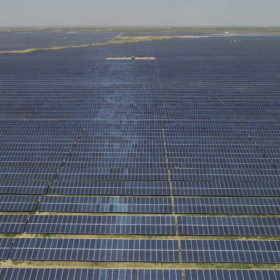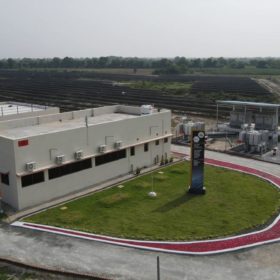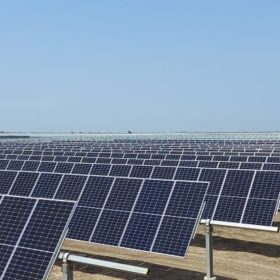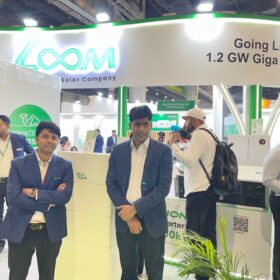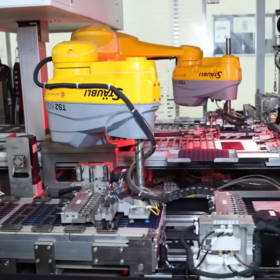NLC launches EPC tender for 100 MW solar project
State-run thermal energy giant NLC India has tendered the installation and commissioning of a grid-connected 100 MW (AC) solar project, in addition to a three-year operation and maintenance contract. Prospective developers can choose to install the PV capacity at any location in India. Bidding closes on June 8.
World Bank spells out how Pakistan can hit 13 GW of clean power
With its growing population and rapidly increasing energy needs, Pakistan’s energy security is undermined by the overriding share of imported fossil fuels in its energy mix. But, by turning to its untapped, tremendous solar, wind and biomass potential, the South Asian country could spur social and economic development, while improving energy access, says IRENA.
NTPC tenders O&M contract for 250 MW solar plant
State-run power producer NTPC has opened domestic bidding for three years of comprehensive operation and maintenance support at its 250 MWp Mandsaur solar plant. Bidding closes on May 27, while technical bids will open on May 30.
Handheld tool to clean rooftop solar panels
Mumbai-based Cleo Tech has developed a battery-powered, handheld tool for scratch-free, dry cleaning of solar panels. The tool’s cleaning brush clings end-to-end on the aluminum frames of the panels, avoiding direct contact of the moving parts with the cells, other than the soft nylon bristles.
New renewable capacity additions doubled in FY 2022
India installed 15.5 GW of non-hydro renewable energy capacity in fiscal 2021-22, from just 7.7 GW installed in the preceding fiscal year. About 90% of the total, or 13.9 GW, came from solar.
Webdyn India crosses 4.2 GW mark, Fimer supplies inverters for solar-plus-storage project
Webdyn’s Indian unit has supplied remote monitoring tech and hybrid power management solutions for 4.2 GW of solar plants since 2015, while Italian inverter maker Fimer has supplied its 1 MVA inverters for a new integrated solar-plus-storage project in Gujarat.
Indian solar market leaders in 2021
ReNew Power was the top utility-scale solar developer in 2021, commissioning the largest amount of capacity. Tata Power Solar led in rooftop solar installations, accounting for 20% of total annual additions.
SJVN awards 1 GW solar EPC project to Tata Power
State-owned hydropower producer SJVN has awarded a 1 GW solar engineering, procurement, and construction project to Tata Power Solar. The PV installation will be built in Rajasthan with an investment of around INR 5,492 crore ($720 million).
Salt producer tenders 1 GW of solar in Gujarat
State-owned Hindustan Salts Ltd. has invited bids to build and operate 1 GW of solar capacity on 5,000 acres of disused land in the Indian state of Gujarat. The developer will pay Hindustan Salts a fixed annual rental fee for the land. Bidding closes on May 25.
Assam’s largest solar plant now fully operational
Azure Power has declared that its 90 MW solar project in Assam is now fully online. It commissioned the capacity in phases, and only recently switched on the final 25 MW section.
